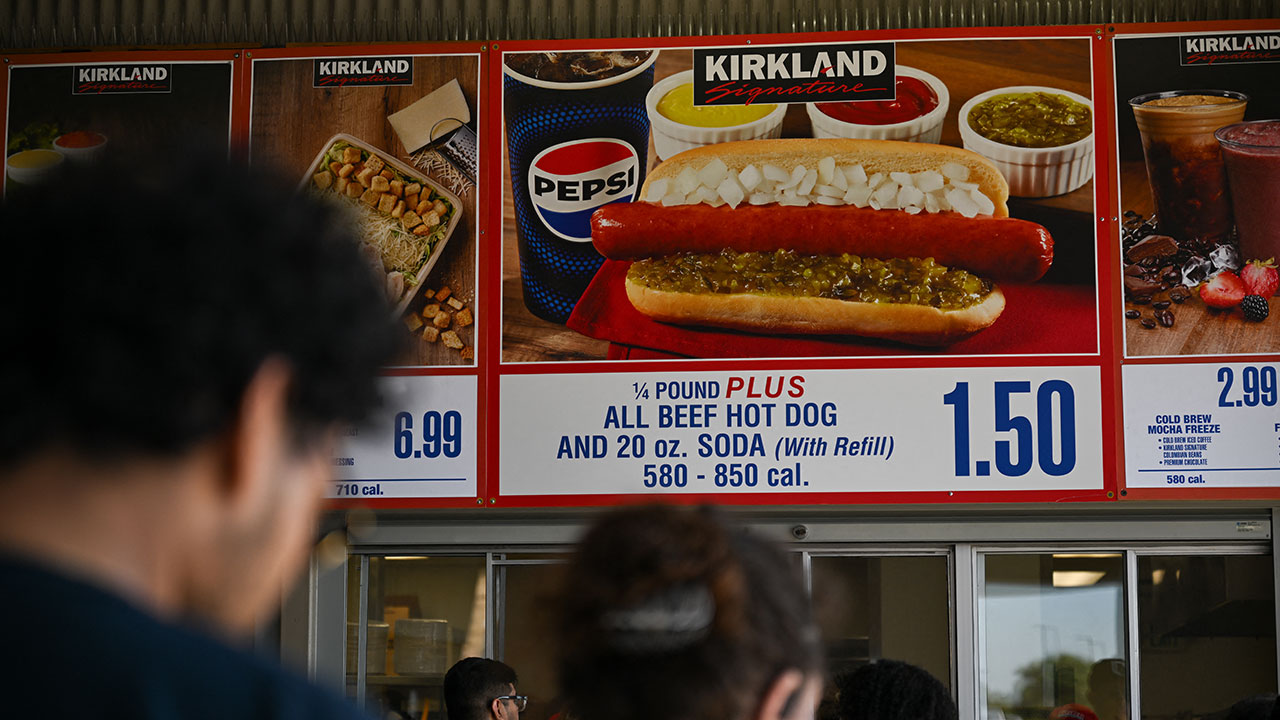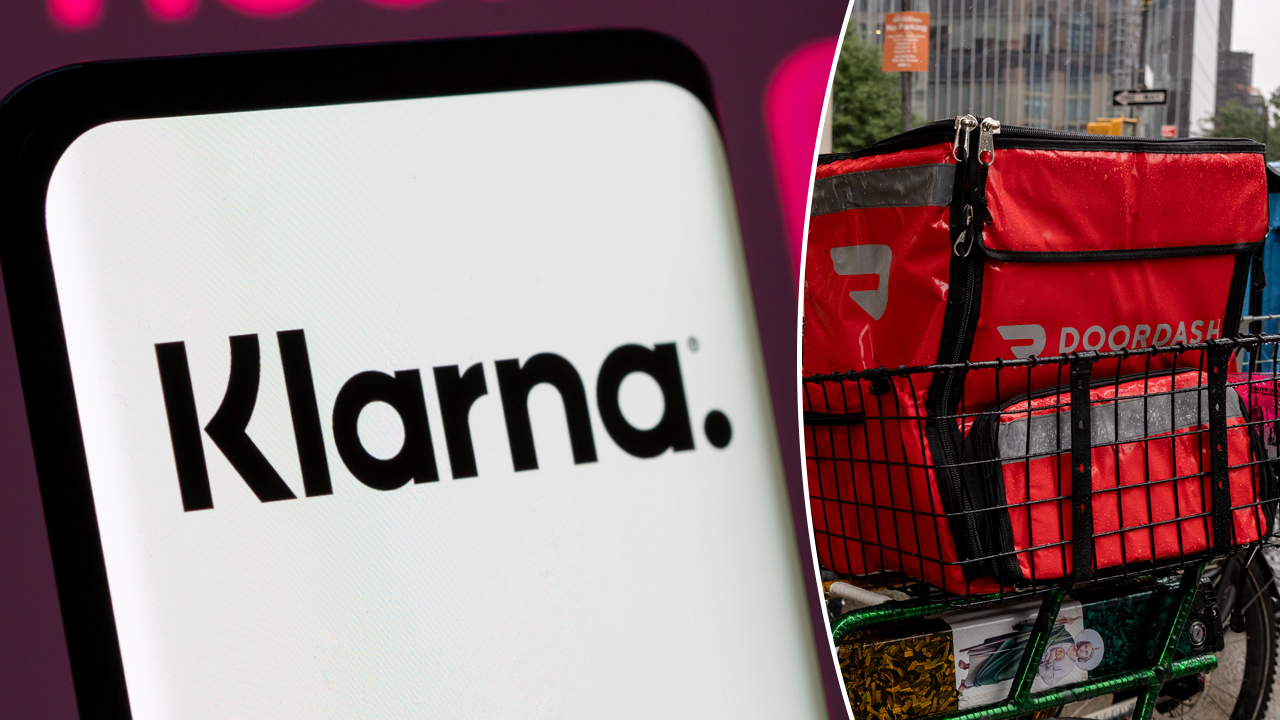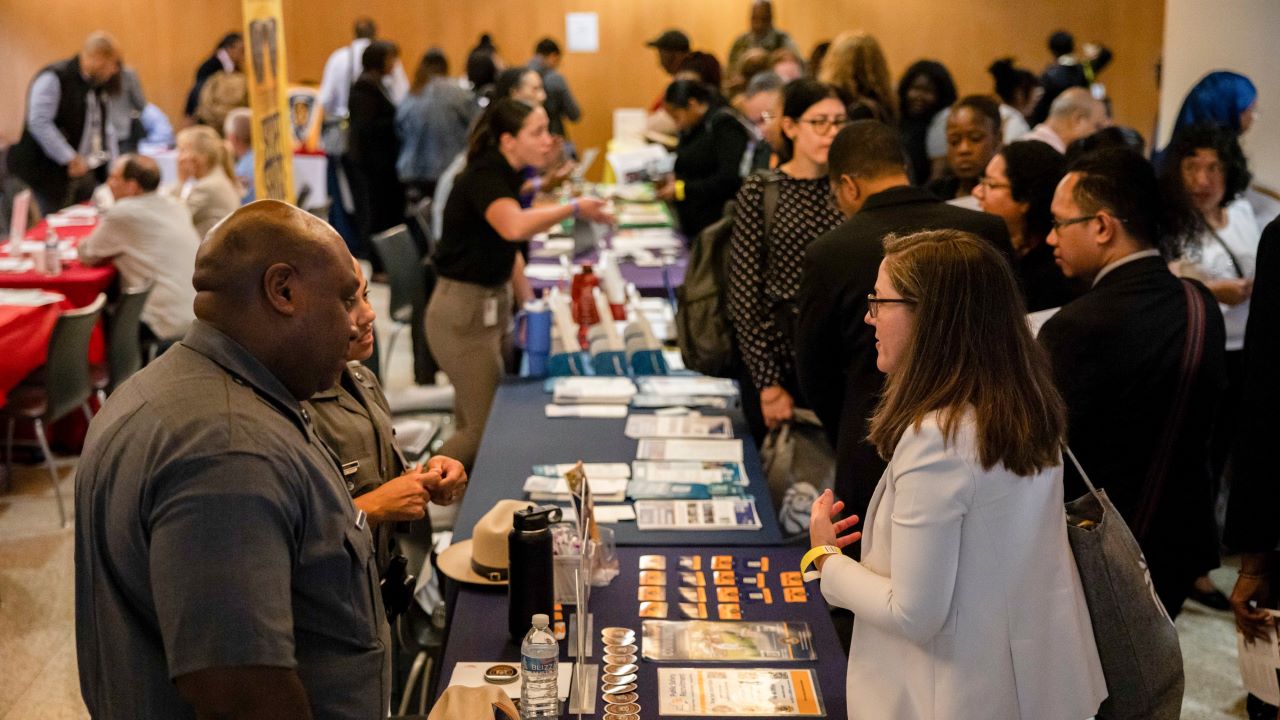Ten million meals, zero safety nets — JD.com aims to change it
In the 17 years since China’s first online food order was placed in 2008, migrant delivery riders have become vital to sustaining urban life. This algorithm-driven workforce, now dubbed “new blue-collar workers,” has grown to more than 10 million nationwide by January 2025—surpassing Switzerland’s population. While many veteran riders have families in cities they serve, […]


In the 17 years since China’s first online food order was placed in 2008, migrant delivery riders have become vital to sustaining urban life. This algorithm-driven workforce, now dubbed “new blue-collar workers,” has grown to more than 10 million nationwide by January 2025—surpassing Switzerland’s population. While many veteran riders have families in cities they serve, their social security status remains precarious.
A breakthrough came this February. On Feb. 19, JD.com became the first major platform to mandate the “Five Social Insurance and One Housing Fund” (五险一金), a comprehensive social security program covering pension, medical, unemployment, work injury, and maternity insurance, as well as housing funds for full-time riders starting March 1, alongside accident and medical coverage for part-timers. Rivals quickly followed: Meituan pledged full benefits for stable riders by Q2 2025, while Ele.me expanded pilot programs.
For family providers like 36-year-old Peng Ding (pseudonym), the benefits of insurance are undeniable. “One of my colleagues was involved in a traffic accident and broke his leg last summer. He has been resting at home ever since,” he said. Yet there are younger riders who are questioning it. During a Shanghai legislative forum on March 25, 2024, a delivery rider in his 20s expressed his reluctance to pay for social security. He explained that paying RMB 700 ($96) monthly for insurance means delivering 100 extra orders. I’d rather send that money home for my daughter’s toys.” Like many rural migrants, he relies on the New Rural Cooperative Medical Scheme (新农合) in his hometown.
The long wait for protections
At 3 p.m., after the lunch rush, a group of Meituan riders from Anhui province gather outside a Heytea shop in Shanghai’s Caohejing district. Having delivered for over a decade — some predating the rise of Meituan and Ele.me — they unanimously endorse social insurance. “The colleague who broke his leg is still at home with no resolution from Meituan,” said Peng, 36. Currently, platforms largely rely on commercial accident insurance — Meituan deducts 180 yuan monthly per rider, while Ele.me charges 3 yuan daily. The dangers of the job are well-documented. As highlighted in a 2020 investigative report by Renwu (The People), titled “Delivery Riders, Trapped in the System,” traffic police in Guangzhou alone penalized nearly 2,000 delivery-related violations in September 2018. The hashtag #DeliveryRiders, One of the Most Dangerous Jobs# has repeatedly trended on Chinese social platform Weibo, underscoring the perilous reality of the profession. Yet for riders like Jia Hui, the platforms’ 3-yuan daily accident insurance — roughly 40 cents — is a drop in the bucket. “Even if you file a claim, the best you’d get is 200 yuan ($28) per day for five days of absence from work,” Jia said. “But what if you’re bedridden for months? No compensation, no income. We’ve seen it happen.”
Data shows 77% of Meituan and 75% of Ele.me riders hail from rural counties. For migrant families, social insurance is a lifeline to urban integration. “Without Shanghai social security records, your child can’t enroll in local schools,” Jia explained. Many of them leave their children with grandparents back home.
Healthcare access is equally fraught: Rural insurance reimburses less in cities, forcing riders to haul medical bills to hometowns or avoid hospitals altogether. “A simple blood test costs 500 yuan. We can’t afford to get sick,” Jia said.
When gig work becomes a lifeline
To many, food delivery seems like a transient work. Yet for millions of riders across China, the platforms have become an inescapable anchor — whether by choice or necessity. The burden of childcare, elderly medical bills, social obligations, and other familial responsibilities glues them to their apps. “Single riders can afford a day off, but breadwinners can’t risk skipping work,” said Jia. “Unlike salaried jobs where you still get a base pay if you rest, every day we miss means less cash for next month’s rent or groceries. That’s why most of us never stop.”
The post-pandemic years have deepened this dependency. Before COVID-19, riders could earn RMB 300 ($ 41) daily—roughly RMB 10,000 ($ 1,380) monthly — with relative ease. Now, hitting that same daily target demands marathon 12-hour shifts. Plummeting wages amplify the pressure: Taking time off feels financially reckless, while switching careers appears prohibitively costly.
Riders often hailing from rural counties and small towns—typically enter the gig economy with limited formal education and scant technical or cross-industry experience. While the physically demanding work offers minimal job requirements and quick employment access, transitioning to alternative careers remains prohibitively difficult for many, as retraining and adapting to new professional environments present steep personal and financial challenges.
A 2022 Ele.me report shows that 43% of delivery riders were doing food-delivering jobs while scouting other urban livelihood options, whereas nearly a third see no exit from the industry. As food delivery evolves from a stopgap job into a permanent occupation for millions, the meaning of a comprehensive social security system is self-evident.
Hope and Skepticism
Several veteran riders I interviewed, each with years of experience across multiple platforms, recounted cycling through now-defunct services like Baidu takeaway and Gearbox, an early player. While new platforms lure riders with initial subsidies, most riders agreed that “they all eventually prioritize profits and become indistinguishable,” as Cao Lijun (pseudonym), a Meituan rider, put it.
Cao described arbitrary pay deductions during his time at Ele.me: orders marked late and penalized despite arriving on time, a discrepancy riders later traced to mismatched delivery clocks on customer and rider apps. He also noted how subcontractors—middlemen between platforms and workers—often skim profits layer by layer.
When asked about JD.com’s recent entry into food delivery, riders called it a positive shift. Many praised JD’s reputation for providing locally Five Social Insurance and One Housing Fund, contrasting it with rivals that enroll workers in cheaper, out-of-region insurance plans which are often unusable locally. After a few riders showed their concerns that their salaries would drop due to social security costs, JD.com clarified immediately that it would cover all contributions—including employees’ share—for new hires.
“Many have already jumped ship from Meituan to JD,” said Cao, though he worries about the sustainability of JD’s current offer: “What if they cover all social insurance costs now, but make us pay more later?”
The progress on riders’ social security could trigger broader societal shifts. When the first wave of insured riders begins retiring in the coming decade, the real-world impact of these policies will come into focus. Simultaneously, platforms’ evolving approach—from viewing workers as expendable “traffic” to valuing them as human capital—may recalibrate the entire gig economy’s priorities.
What's Your Reaction?








































































































